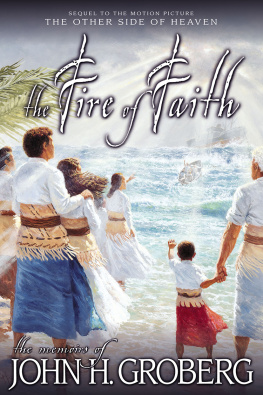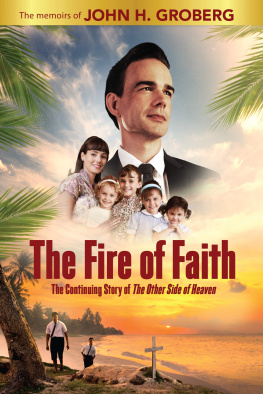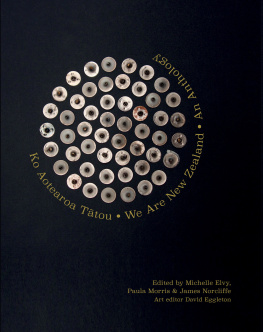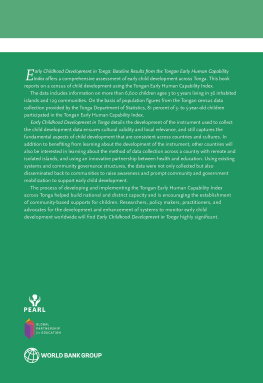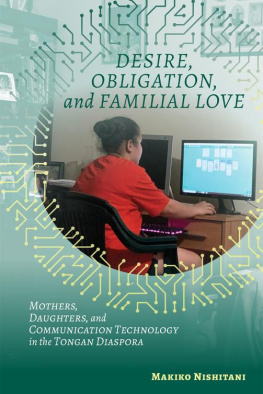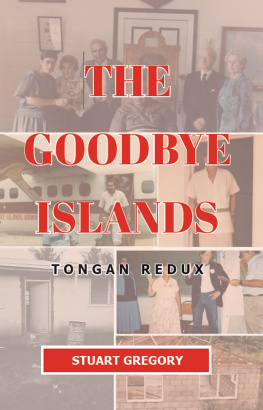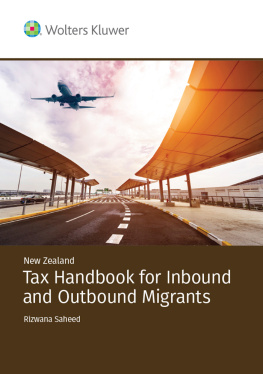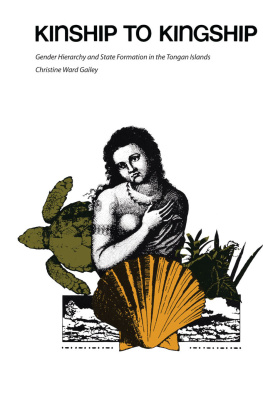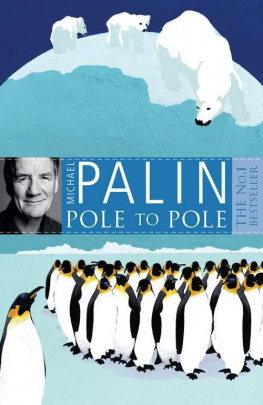Fisiinaua i Vaha
A Tongan Migrants Way
A Methodist Minister Applies Tongan Social Concepts in a New Zealand Setting
Siosifa Pole
Copyright 2020 Siosifa Pole
All rights reserved.
Contact Siosifa at
email: sifapole@xtra.co.nz
The opinions and theology expressed in this book are the authors own, and do not necessarily reflect those of the Methodist Church of New Zealand or the publisher.
ePub edition 2020
ISBN 978-1-98-857249-9
The author and publisher gratefully
acknowledge the financial support of the
Methodist Church of New Zealand
Philip Garside Publishing Ltd
PO Box 17160
Wellington 6147
New Zealand
books@pgpl.co.nz www.pgpl.co.nz
The front cover carving of traditional Tongan double canoes is by:
Naufahu Pouli Kae Eva Namoa Veehala
Table of Contents
Preface
One of the unexpected gifts of the Covid-19 pandemic which sent the whole of New Zealand society into lock-down has been our sudden exposure to silence. The roar of traffic ended abruptly, plunging us into a profound quiet in which for the first time for many years city-dwellers were again able to hear the sound of birdsong. The distinctive calls and chatterings of tui, keruru, kaka, bellbirds and others rang out with something of their original clarity, though it is chastening to remember that early settlers, rowing up Otago Harbour, could not hear each others voices because of the deafening avian uproar coming from the forest-lined edges of the water.
Now, in the eerie silences of a post-colonial, post-Covid world, we can in this challenging collection of essays hear the voice of a modern Tongan religious leader exploring with us, his readers, what it is to inhabit two island worlds the village life and culture of Tonga and the urban life and culture of two New Zealand cities, Auckland and Dunedin. Always speaking from a close sense of gathered family connections and gifted with an undiminished delight in the natural world around him, he proudly brings the words and images of his Tongan background into a conversation that has been developing for many years among Christian communities in this much-colonized land.
How shall we speak of our faith, distant as we now are in time and space from the origins of that faith? Ancient creeds and antiquated theological ideas are failing in a modern society that is now multi-faithed, multi-cultural, multi-lingual and at least among older European settlerdom predominantly secular. What new resources of language and image, of cultural values, can we discover to replace exhausted words, exhausted ideas? In these essays we can discover the kind of fresh theological insights and expressions of faith we need to rejuvenate our thinking and our language of faith.
The Covid-time imperative, be kind to each other, the rapid spread of Maori terms for family and relationships, the remarkable outpouring of compassion and sympathy for Muslim communities attacked by right-wing extremists point to a period of moral and social change which is transforming our whole population at a time when both its coherence and its wellbeing is greatly imperilled by major events thousands of miles away from us. Not to speak of profound climatic changes, as our earth adjusts to a warming which is at least in part due to our own activity.
Into this newly fragile world and to a post-Covid society, picking itself up while beyond its shores most countries are still struggling to contain the pandemic, the Reverend Siosifa Pole brings his own insights, grounded in his own experience of Pacific life. Ocean-derived metaphors of double-hulled canoe rowers, of sand and reefs and the movement of tidal change, as well as his discussion of important topics such as child poverty and victimisation, the suicide rates among young people, the need for periods of relaxation and rest, the importance of collaboration rather than competition, (Team New Zealand, in Jacinda Aderns memorable phrase), the necessity of care for the natural world, the idea of sacred space (tauhi-va) in human relationships these demand our attention. His is a voice to be listened to.
I heartily commend this collection to the attention of all New Zealanders of whatever ethnicity or faith tradition. Siosifa speaks of himself as one navigating his own journey into unknown waters, the vahanoa (empty spaces) of the future, and in so doing aligns himself with the many other New Zealanders who have suddenly found themselves launched on a similarly exciting yet dangerous voyage.
Emeritus Professor Colin Gibson
Introduction
Te n koutou, te n ta tou ktoa, ml e lelei, talofa lava, bula vinaka, and warm Pacific greetings to all my readers. Firstly, I would like to acknowledge the presence of the people of the land, the tangata whenua of Aotearoa, the Maori people, whom I would like to offer my sincere gratitude and respect for allowing me to have a place and to speak through this book in their land. Secondly, I would like to acknowledge my ancestors who invented Tongan cultural concepts that subsequent generations have used to explore and interpret life in their various contexts. Thirdly, I pay my tribute to the Methodist Church of New Zealand, Te Haahi Weteriana O Aotearoa, for giving me space, through its stationing process, to interact and dialogue with the local contexts where I practised my ministry, and to apply my Tongan concepts to theological reflection that addresses the social issues that affect our people.
Fisiinaua i vaha refers to spray of sea water from the big waves that crash on the double-hulled canoes (kalia), in which my ancestors navigated the deep sea to find new lands of opportunities. Sometimes they accidentally drink the sprays of sea water (inu e fisiinaua) in the course of their voyage. Inu e fisiinaua (drinking the sea sprays) is symbolically used to refer to the hardships that we encounter as Pasifika people in our journey to find opportunities in a new land (fonua foou). Vaha, refers to the deep ocean. It is a space that separates island from island. Sometimes we call that space vaha-noa, meaning an empty or void space. This in-between space is uncertain, which gives us an opportunity and liberty for exploration. This space has been used symbolically as a place for migrants, like me.
The words of the Free Wesleyan Church of Tonga hymn 499 depict the unknown of the vaha-noa and its chaotic nature. The hymn states,
Ko sietau moui, ko e fuu vahanoa, mafai e hai ke fakauli he potu taeiloa.
This can be translated as, Our lives are in vahanoa, who has the power to steer us in this unknown space. Being a migrant in Aotearoa means that I am in the vaha, sandwiched between two cultures. I am hyphenated, to use S. Tupou-Thomas concept of in-between space (Telling Tales, Faith in a Hyphen, 2-3). It means, that to survive in this new space, I must find new ways of adapting and evolving. Using Tongan concepts for theological reflection in the context of Aotearoa enables me to adapt and contribute to theological dialogue in the Methodist Church of New Zealand.
This book reflects my journey of ministry in the Methodist Church of New Zealand over the last seventeen years. This journey was like sailing on double-hulled canoes in the vast Pacific Ocean. During this period, I practised my ministry in various contexts, in which I encountered diverse social issues, that my family, members of parishes I served, and communities that I was part of, confronted. My experiences prompted me to write articles for our Parish bulletin when I was in the Dunedin Methodist Parish, and papers that I presented in Conferences as one of the voices taking part in


